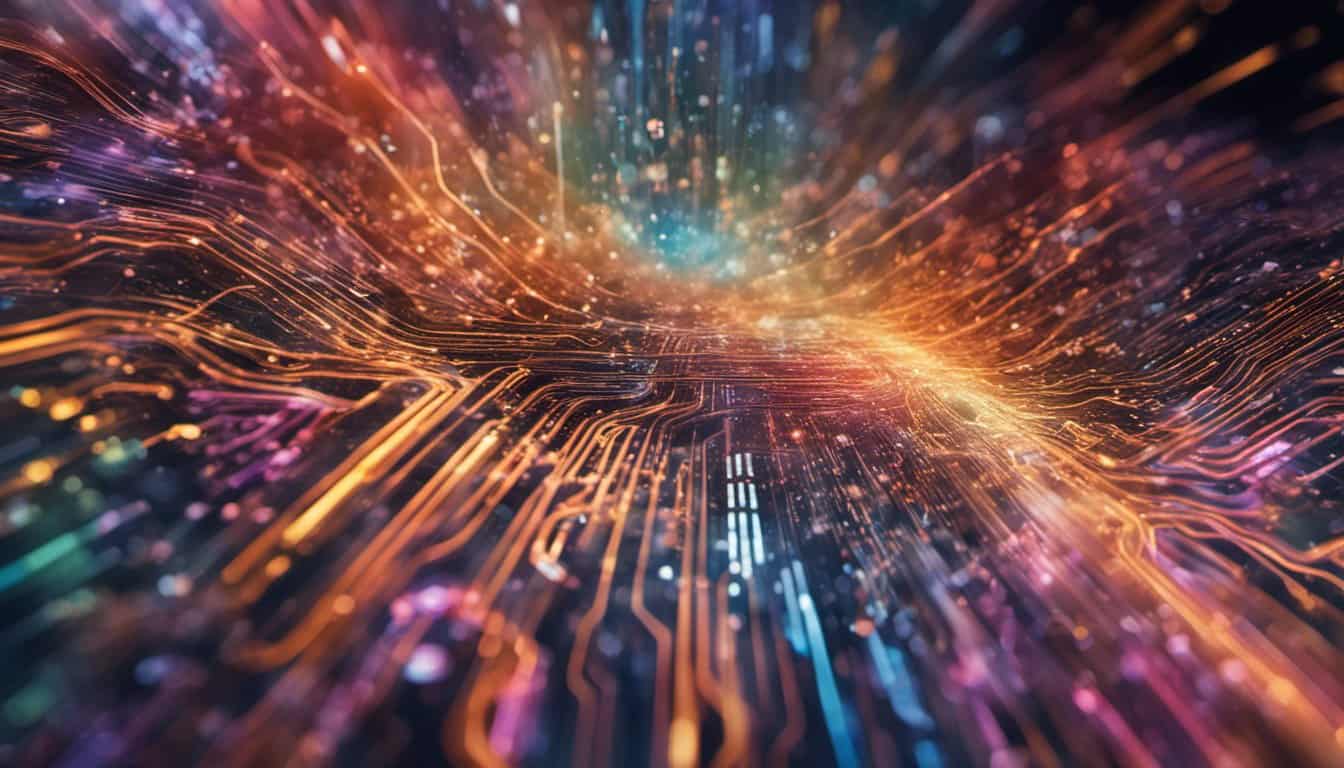Blogs / The Revolution of AI Art Generators in Digital Art
The Revolution of AI Art Generators in Digital Art
CMO / March 18, 2024

In the ever-evolving landscape of digital art, AI art generators have emerged as a revolutionary force, reshaping the creative process, challenging traditional notions of authorship, and democratizing artistic expression. With their ability to analyze, interpret, and generate visual content, these AI systems are fundamentally changing how we conceive, create, and consume art in the digital age.
The journey of AI art generators began with the development of deep learning algorithms capable of understanding and replicating visual patterns. Through techniques such as convolutional neural networks (CNNs) and generative adversarial networks (GANs), AI systems can now generate images that mimic various artistic styles, from impressionism to surrealism, with astonishing accuracy. This capability has empowered artists to explore new aesthetic territories, experiment with different techniques, and unleash their creativity in ways previously unimaginable.
One of the most significant impacts of AI art generators is their role in democratizing the creative process. Traditionally, creating art required specialized skills, training, and access to expensive tools. However, AI systems have lowered the barriers to entry, allowing individuals from diverse backgrounds to engage in digital art creation. Whether you're a seasoned artist or an amateur enthusiast, AI art generators provide intuitive interfaces and user-friendly tools that make art accessible to everyone.
Moreover, AI art generators serve as catalysts for collaboration and innovation within the artistic community. By augmenting human creativity with machine intelligence, artists can embark on collaborative ventures where ideas flow seamlessly between man and machine. Whether it's generating initial sketches, refining compositions, or experimenting with different color palettes, AI systems can complement human intuition and expertise, leading to the co-creation of mesmerizing artworks that transcend individual capabilities.
Furthermore, AI art generators challenge conventional notions of authorship and originality in art. In a world where AI algorithms can autonomously generate artworks, questions arise regarding the role of the artist and the authenticity of AI-generated creations. Does the AI system possess artistic agency, or is it merely a tool wielded by the human artist? Who owns the rights to AI-generated artworks, and how do we attribute authorship in a collaborative creative process? These questions prompt us to reevaluate our understanding of creativity, authorship, and the evolving relationship between humans and machines in the realm of art.
Another significant contribution of AI art generators is their ability to personalize and customize artistic experiences. By analyzing user preferences, historical data, and contextual information, AI systems can tailor artworks to individual tastes and preferences. Whether it's generating portraits based on facial features or creating landscapes inspired by geographical locations, AI art generators empower users to co-create art that resonates with their unique sensibilities, fostering deeper connections between the audience and the artwork.
Furthermore, AI art generators pave the way for the exploration of AI as a medium for artistic expression. Beyond merely generating visual content, artists can delve into the inner workings of AI algorithms, manipulate their parameters, and repurpose them for creative ends. Whether it's exploring the inherent biases in AI systems, interrogating the nature of machine perception, or experimenting with algorithmic storytelling, AI art opens up new frontiers for artistic exploration and conceptual inquiry.
In conclusion, AI art generators are revolutionizing digital art by expanding the boundaries of creativity, democratizing artistic expression, and challenging established norms. As we navigate this ever-changing landscape, it's essential to embrace the transformative potential of AI art while critically examining its implications for the future of creativity, authorship, and human-machine collaboration in the digital age.